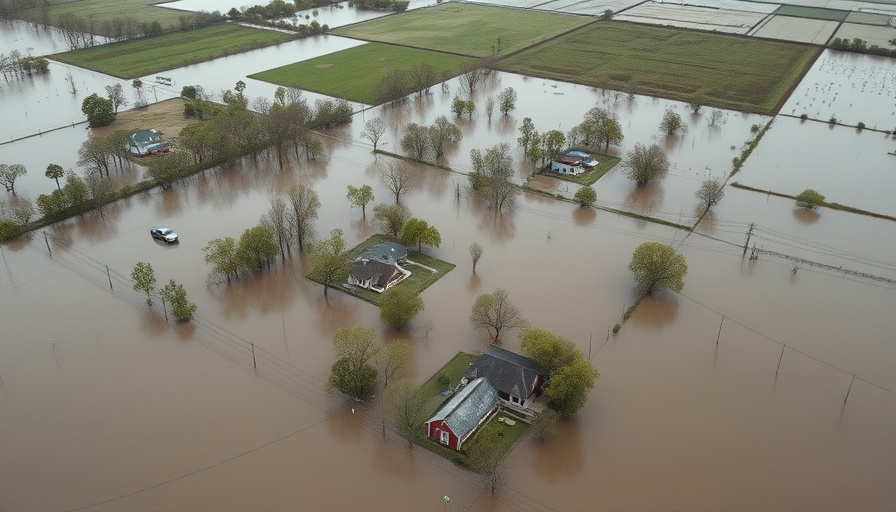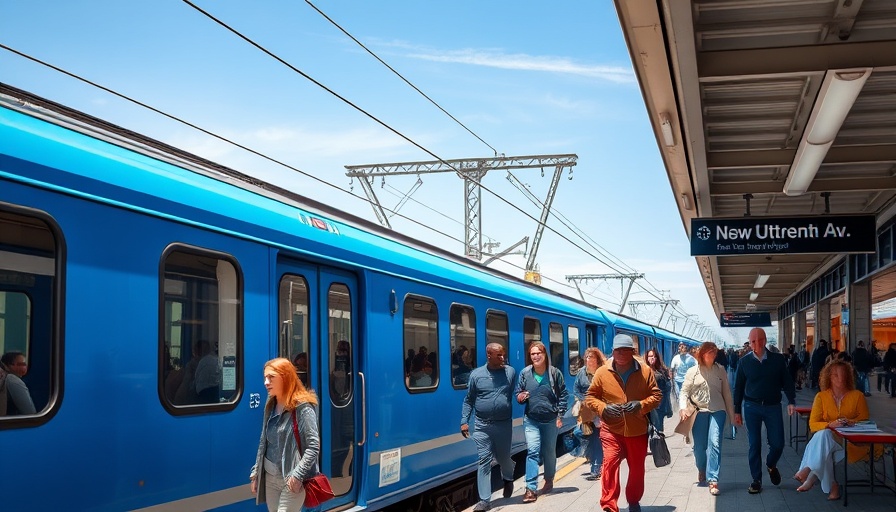
New Wave in Structural Engineering: Reducing Embodied Carbon
As the conversation around sustainability in construction continues to gain momentum, the launch of a structural engineering code review focusing on reducing embodied carbon is a significant step forward. Industry leaders recognize that the challenge of climate change necessitates innovative methodologies and practices within the built environment to reduce the carbon footprint associated with construction.
Why Embodied Carbon Matters
Embodied carbon refers to the total greenhouse gas emissions produced during the production of building materials and the construction process itself. Unlike operational carbon—emissions from energy used while a building is in use—embodied carbon can often be overlooked. However, the latter can account for over 50% of a structure's total emissions over its entire lifecycle, making it a critical focus for engineers and architects alike.
Impact of the New Code Review
The recent initiative, driven by a coalition of experts in the field, seeks to revise existing code standards with the goal of minimizing emissions from building materials, construction methodologies, and overall project design. By emphasizing low-carbon materials and sustainable practices, the review aims to act as a framework that encourages innovation while also adhering to regulatory expectations.
Technological Innovations Leading the Charge
Leveraging technology will inevitably play a crucial role in this evolution. Advancements such as automation, prefabrication, and the use of AI for energy efficiency analysis are set to shift the landscape of construction. By integrating technology, not only can efficiency be enhanced, but the overall carbon footprint of projects may be significantly lowered. For instance, using Building Information Modeling (BIM) can help architects and engineers identify the most sustainable material choices during the design phase.
Future Predictions: What Lies Ahead?
Looking forward, sustainability will become a non-negotiable factor in construction projects. As clients increasingly demand environmentally friendly outcomes, adhering to the new code review is not just about compliance; it's about competitive advantage. Firms that invest today in green practices and sustainable materials may well find themselves ahead of the curve, opening doors to innovative projects that prioritize ecological responsibility.
Client Responsibility in Reducing Carbon Footprint
Clients of commercial construction companies also have a significant role to play in this eco-conscious evolution. By prioritizing builders and materials that align with this new code, clients can actively participate in lowering the total embodied carbon of their projects. This proactive approach not only helps the environment but also brings forth business advantages as sustainable practices become increasingly desirable in the marketplace.
 Add Row
Add Row  Add
Add 




Write A Comment